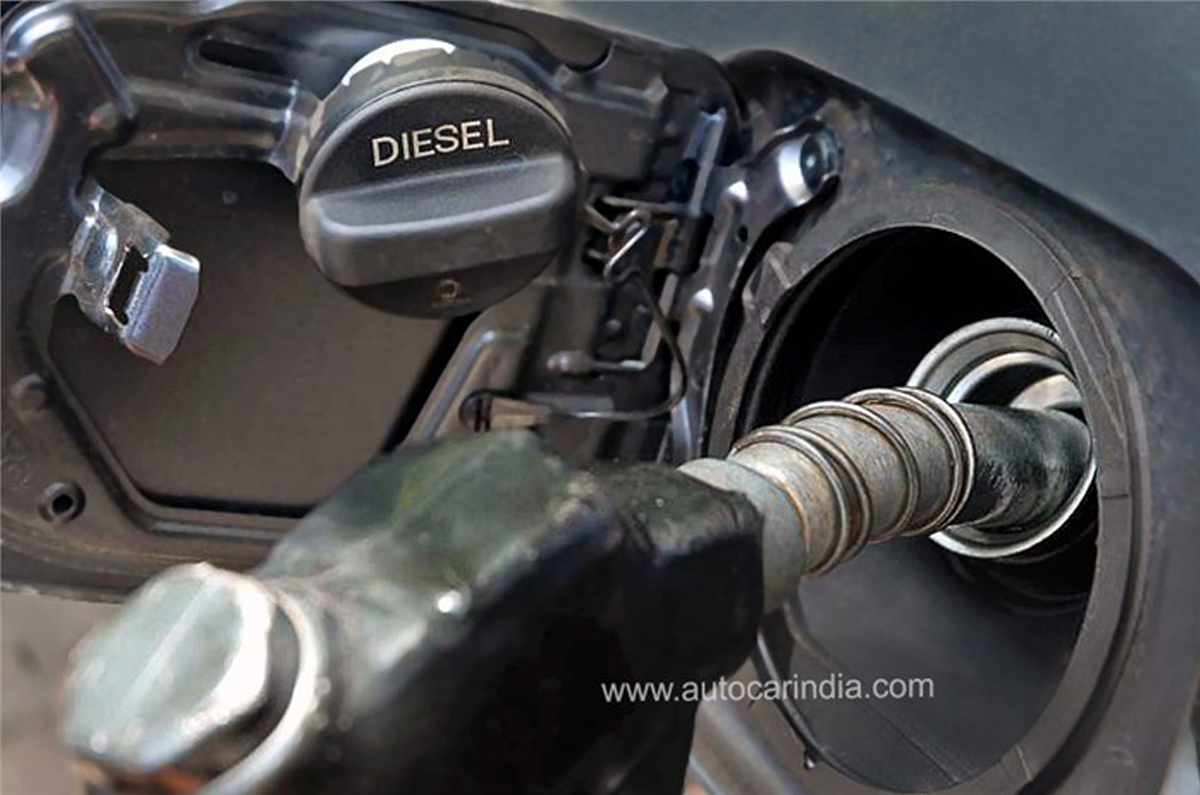
The cost of crude oil could breach the $100/barrel (Rs 7,401) mark as tensions rise between Russia and Ukraine.
Oil prices are threatening to spiral out of control with an imminent Russian invasion of Ukraine. For the first time in over seven years, crude oil rates have breached $90/barrel (Rs 6,660) in the fourth week of January and could comfortably cross the $100 (Rs 7,401) mark if tensions continue to escalate.
One can well imagine what this could mean for India, which imports over 80 percent of its oil. They were beginning to rise in recent times, but this did not deter the Centre from milking the excise duty proceeds from petrol, diesel and cooking gas to the maximum extent possible.
- Crude oil rates have already crossed $90/per barrel (Rs 6,660)
- Entry level two-wheeler segment could be worst hit
- Crude once touched $150/barrel (Rs 11,101) during the 2008-’09 recession
For the last few months, prices have remained pretty stable due to the assembly elections. A fuel price hike is a recipe for disaster during the elections and every political party across India’s vast landscape is more than aware of this reality. Once the votes are cast, however, the long awaited hike is implemented to ensure that the public sector oil companies stay afloat.
Ukraine crisis
Today, we have a situation where crude oil prices could even soar to over $100/barrel (Rs 7,401) if there is no resolution to the crisis building up in Ukraine. Russian President Vladimir Putin is in no mood to listen to reason and wants to assert his country’s supremacy. The problem is that the United States has no plans of interfering either, especially in the backdrop of its withdrawal from Afghanistan and leaving it at the mercy of the Taliban. The pandemic is another reason why the US is in no mood to get involved in conflicts around the world.
If prices reach $150/barrel (Rs 11,101), like it was recorded in 2008-’09, India will be up to its neck in deep trouble. The last thing it needs is a whopping import bill at a time when it is crawling out of the woods following yet another Covid wave. The impact on the auto sector will also be high should fuel prices spin out of control.
Segments affected
The two-wheeler segment is already seeing how customer sentiment is being impacted at the commuter end. It is here that entry-level motorcycles, which take up a lion’s share of overall sales, are feeling the heat. Buyers in this category have already seen their incomes fall with the pandemic. Motorcycles, on the other hand, have seen an increase in price, thanks to regulation levies. Another burden in the form of more expensive petrol will literally be the last straw on the camel’s back.
It is also a given that sales of top-end cars/SUVs or premium bikes may not suffer as much since their customers are way more affluent and will not be concerned about paying more for petrol or diesel. However, compact cars, which are largely sold in smaller cities and towns could find the going tough if the fuel price spiral continues unchecked.
If the Centre chooses not to rein in prices, it will be tough for commuter motorcycles and compact cars, especially in those regions without a CNG option. Those which do have CNG like Delhi, Maharashtra and Gujarat will get by, although there is no telling how natural gas prices will react to the current global crisis.
Sops for EVs
Quite predictably, clean air proponents will argue why electric mobility makes so much sense except, but the percentage of EVs in the country is so negligible that it is not even worth a debate at this point. Sure, the Centre has doled out tremendous fiscal sops for electric vehicles, but the transition will take time, especially when it means accounting for a more sizable portion of the current vehicle population.
Further, there is no way these incentives will continue forever and the industry will be hoping that battery prices reach affordable levels before being able to proclaim confidently that the EV revolution is here to stay.
Till then, fossil fuels are not going to disappear in a hurry, which means that India will just have to be prepared to cope with massive volatility of crude oil prices as is being seen right now.
Out of administered pricing
The Narendra Modi-led regime, which took charge in 2014, removed petrol and diesel from administered pricing and made it follow market trends. On paper, this was welcome, but both the central and state governments realised that auto fuels were critical cash cows to keep their finances afloat, and over the years, have kept increasing the excise duty.
Further, with a large chunk of the population working from home, there was really no need to take long drives, which meant that money was saved on fuel. Even today, while offices have opened up, the rotational work cycle is helping from the viewpoint of more modest spends on petrol and diesel, but this is not going to last forever.
High input costs
The auto industry will be hoping that crude oil prices do not continue to climb since they have the potential to disrupt the growth story. Manufacturers are already grappling with the challenge of high input costs, shortage of semiconductors, making massive investments in electrification and coping with the reality of a diminishing buyer base in rural India.
High diesel prices will stoke inflation, which is already pinching consumers’ pockets as truck operators increase freight costs. The only way out is to go in for a slash in excise duties, even if it means foregoing revenues.
How do you think will the increasing crude oil rates affect India? Let us know in the comments below.
Also See:
Tesla in India: Which state will win the wooing game?
Despite long waiting period dealers still left with unsold MY21 stock
